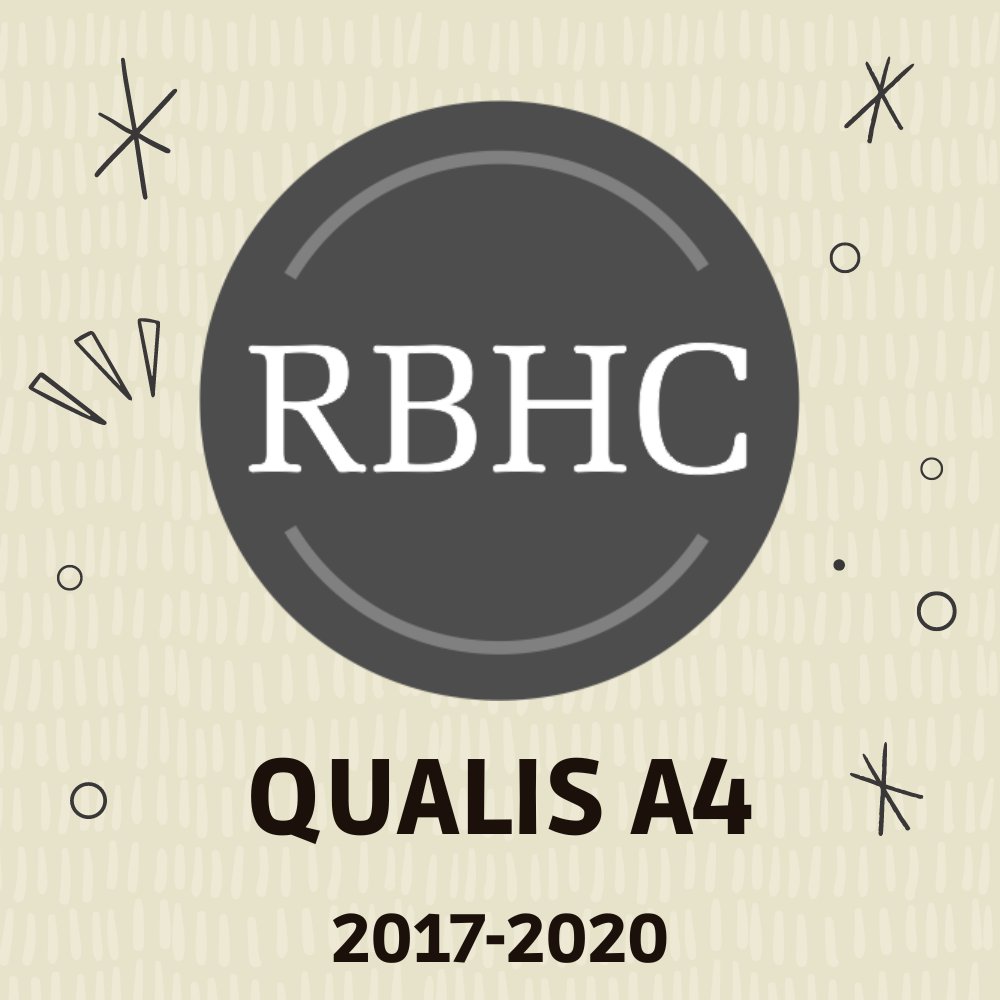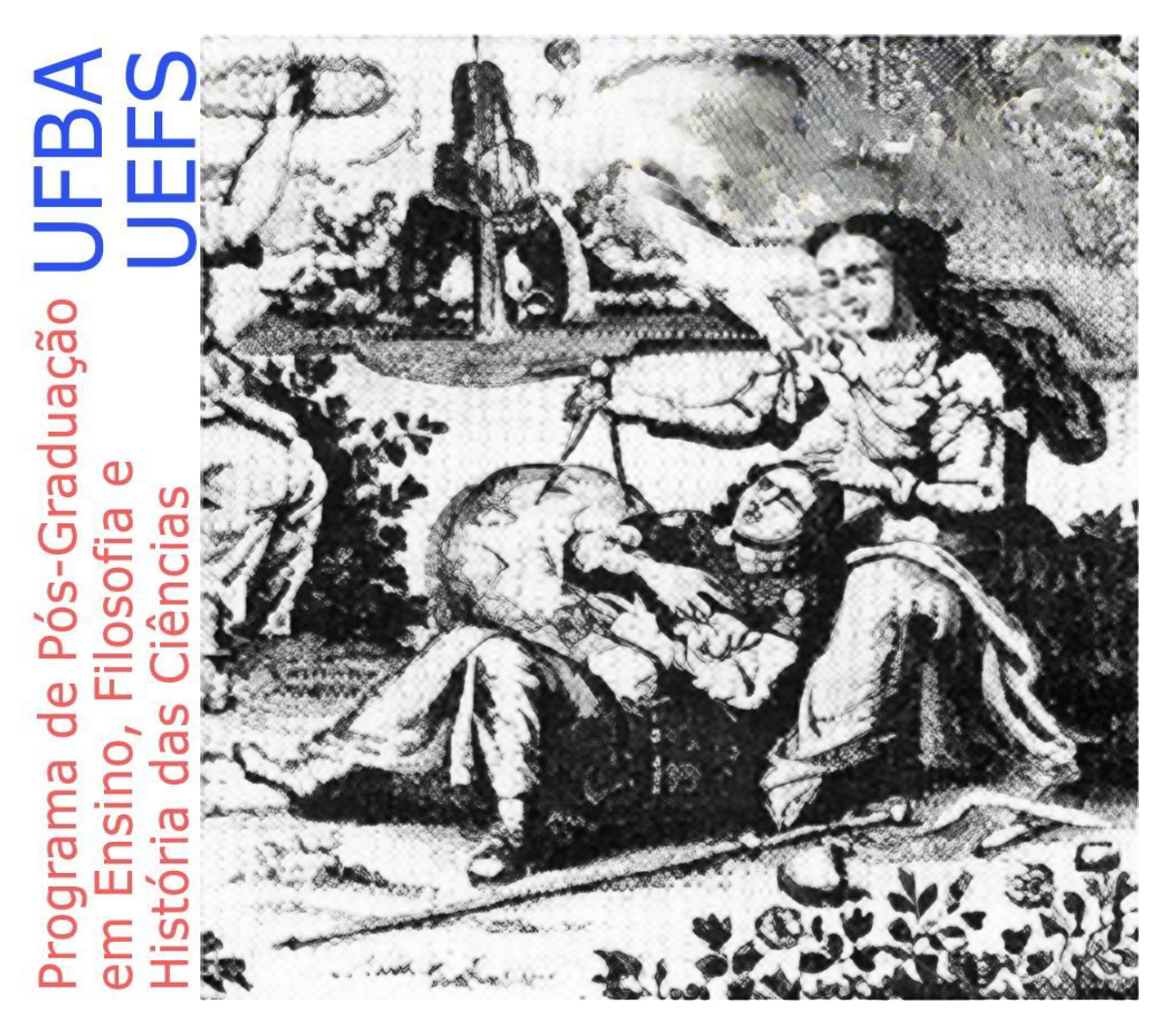In the footsteps of Lepidosiren
paradoxical animals and embryological research in the nineteenth century
DOI:
https://doi.org/10.53727/rbhc.v9i2.170Keywords:
peces pulmonados, anatomía comparada, embriología, siglo XIXAbstract
The so-called “lungfish”, whose life forms are found in South America, Africa and Australia, were highly coveted objects in European nineteenth-century science. There were several debates about its classification and then about its evolutionary position, especially in relation to the origin of tetrapods. Linked to this, a trade in that animal and circulation networks of specimens and information were generated. Also, scientific expeditions for studying its embryonic development were organized in the 1890s. This paper examines these issues related to nineteenth-century natural history and comparative anatomy, focusing on the South American species (Lepidosirem paradoxa), embryological research, and fieldwork in the latter part of the century.
Downloads
Downloads
Published
Issue
Section
License

This work is licensed under a Creative Commons Attribution-NonCommercial-NoDerivatives 4.0 International License.



















